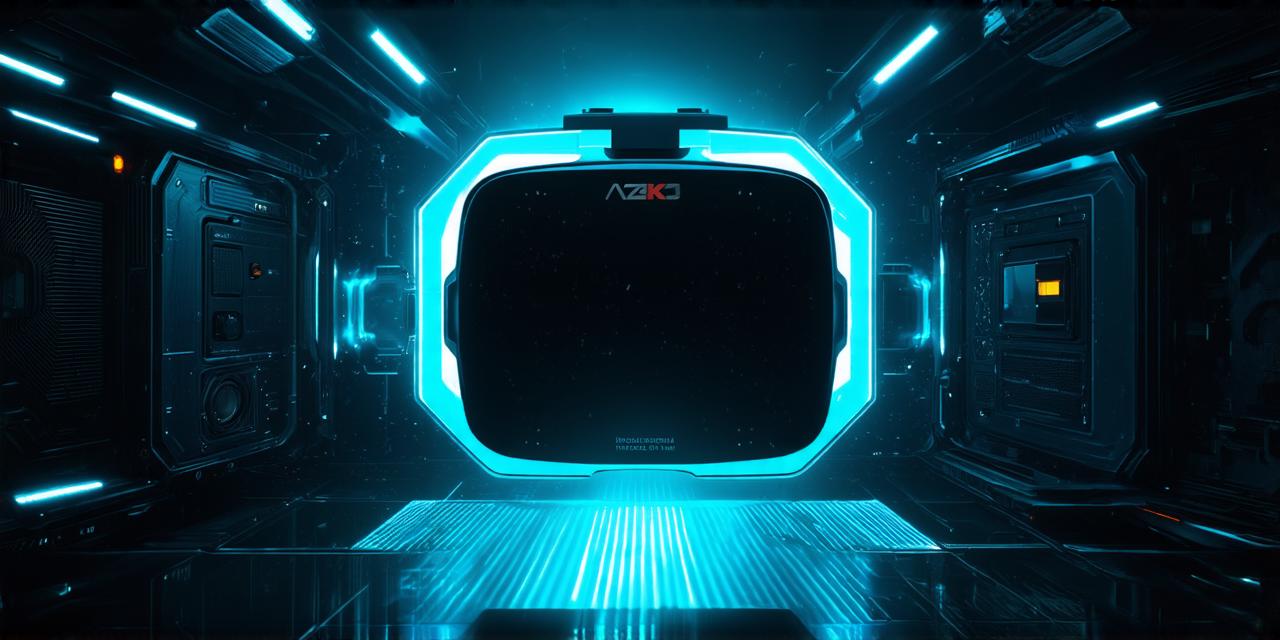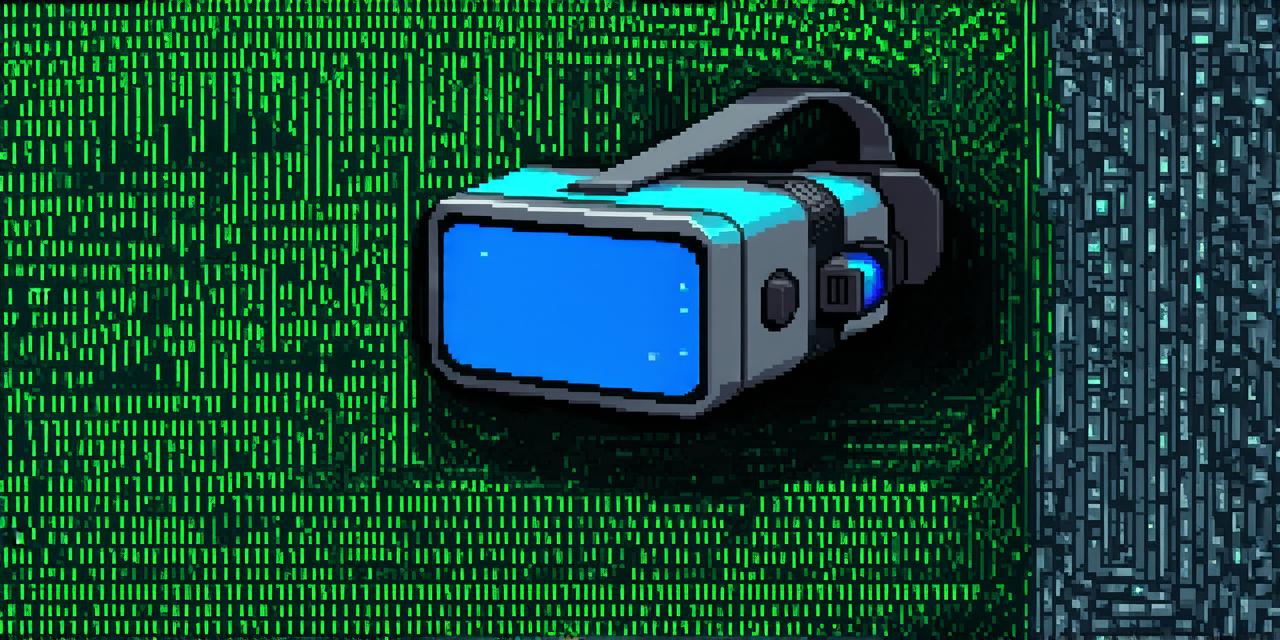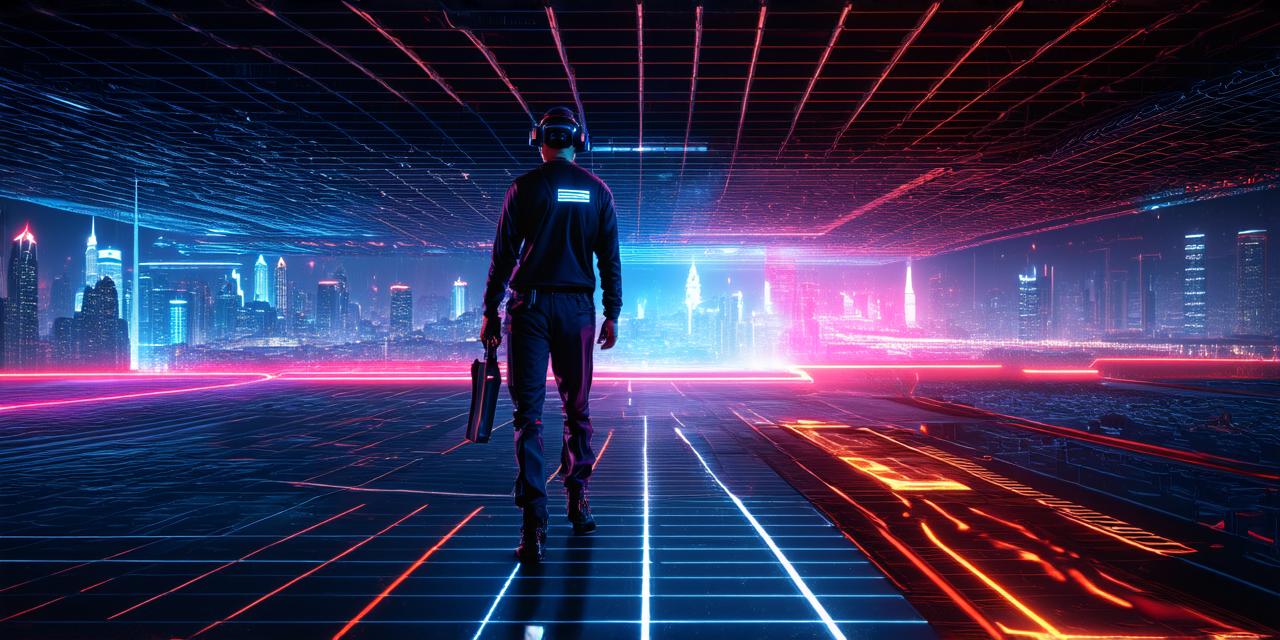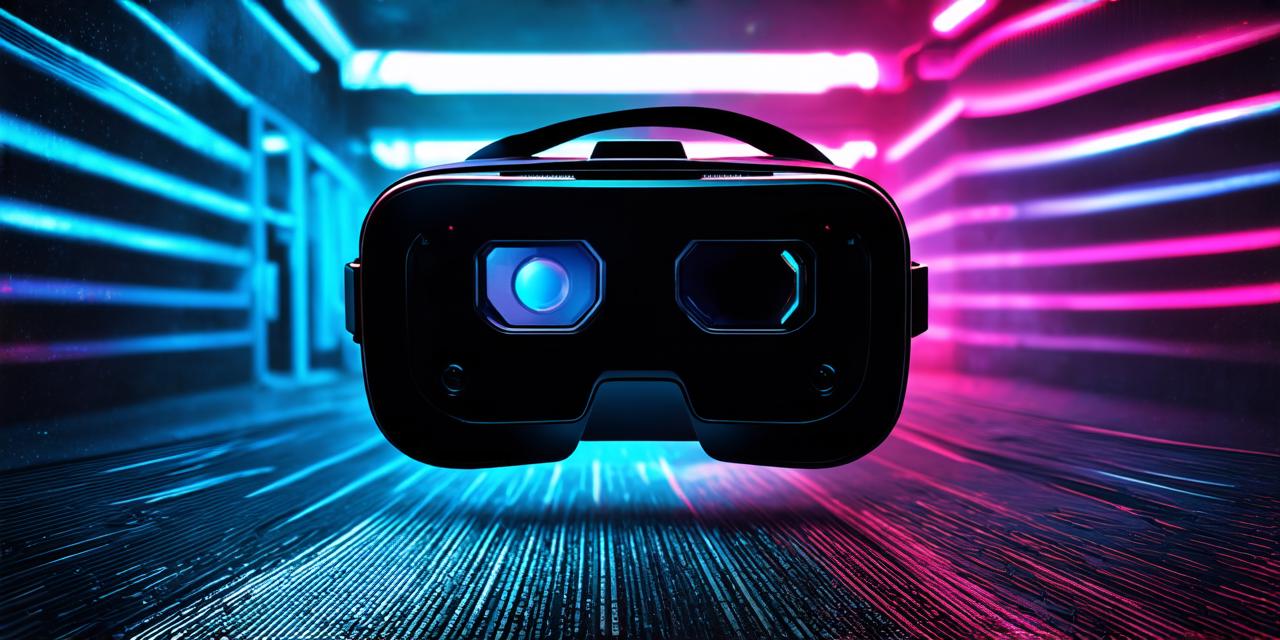Virtual reality (VR) is a computer-generated simulation of a 3D environment that allows users to interact with objects in that environment as if they were real.
It involves the use of specialized headsets, controllers, and other equipment to create an immersive experience for the user.
The headset:
One of the most important components of VR is the headset. This device sits on top of the user’s head and displays a 360-degree view of the virtual environment. The screen of the headset is divided into two separate images, one for each eye, which creates an illusion of depth and perspective.
The controllers:
Another important component of VR is the controller. These devices are used to interact with objects in the virtual environment. They may have buttons, joysticks, or other input methods that allow the user to perform actions such as pointing, grabbing, and moving objects.
The tracking system:
In order for the VR headset and controllers to work together, they need to be able to track the user’s movements. This is typically done using sensors and cameras that are built into the equipment. The tracking system uses this information to translate the user’s movements in the real world into actions in the virtual environment.
The software:
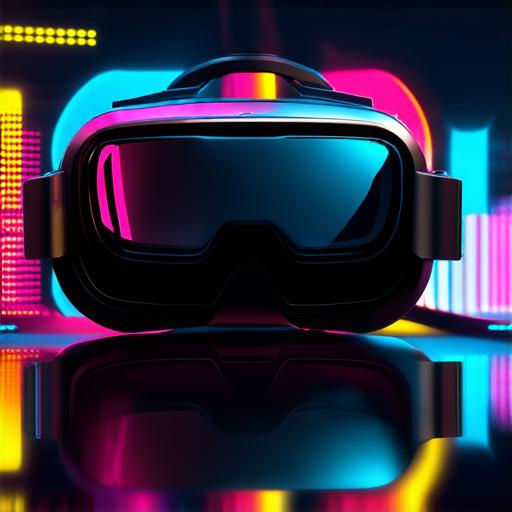
Finally, VR requires specialized software that can create the virtual environments and objects that users will interact with. This software may be created using game engines such as Unity or Unreal Engine, or it may be custom-built for a specific application.
In conclusion, virtual reality is a complex technology that involves a variety of different components working together to create an immersive experience for the user. While the concept of VR may be difficult to grasp, understanding the basic components and how they work together can help you better understand what virtual reality means.
